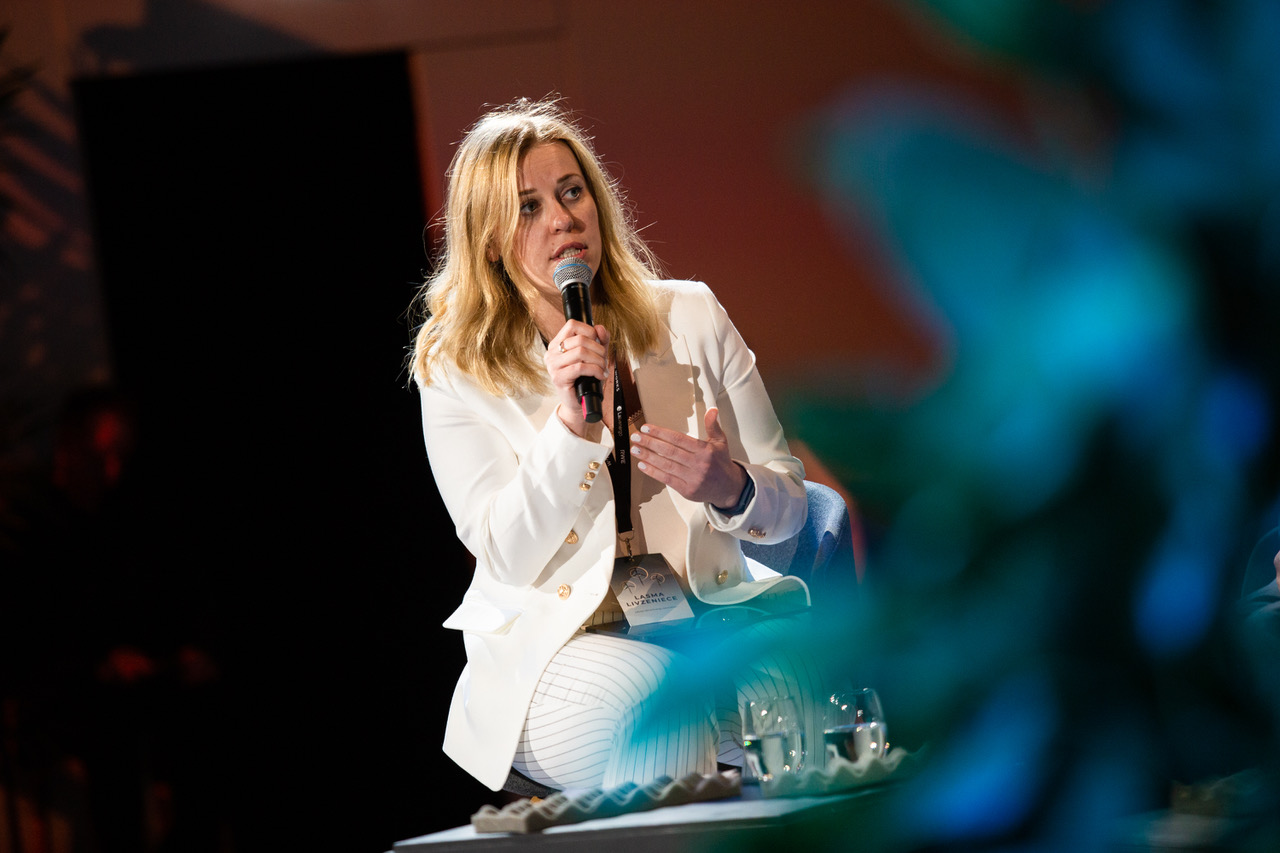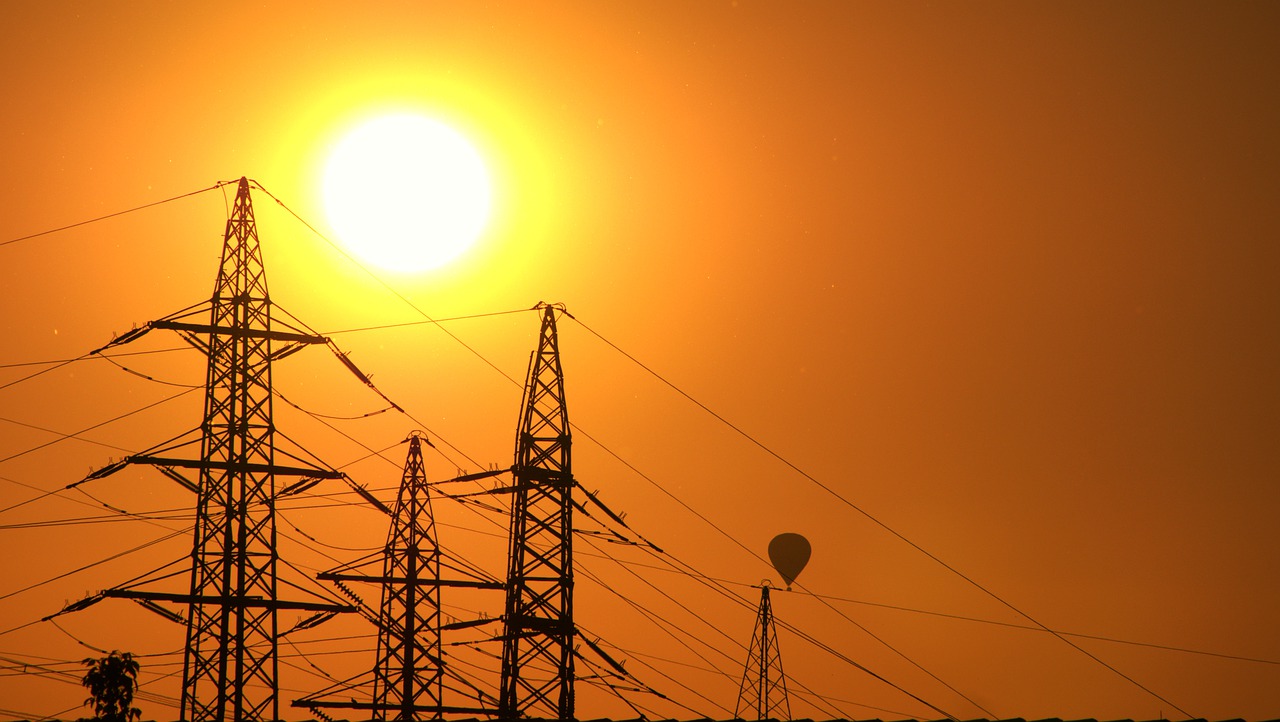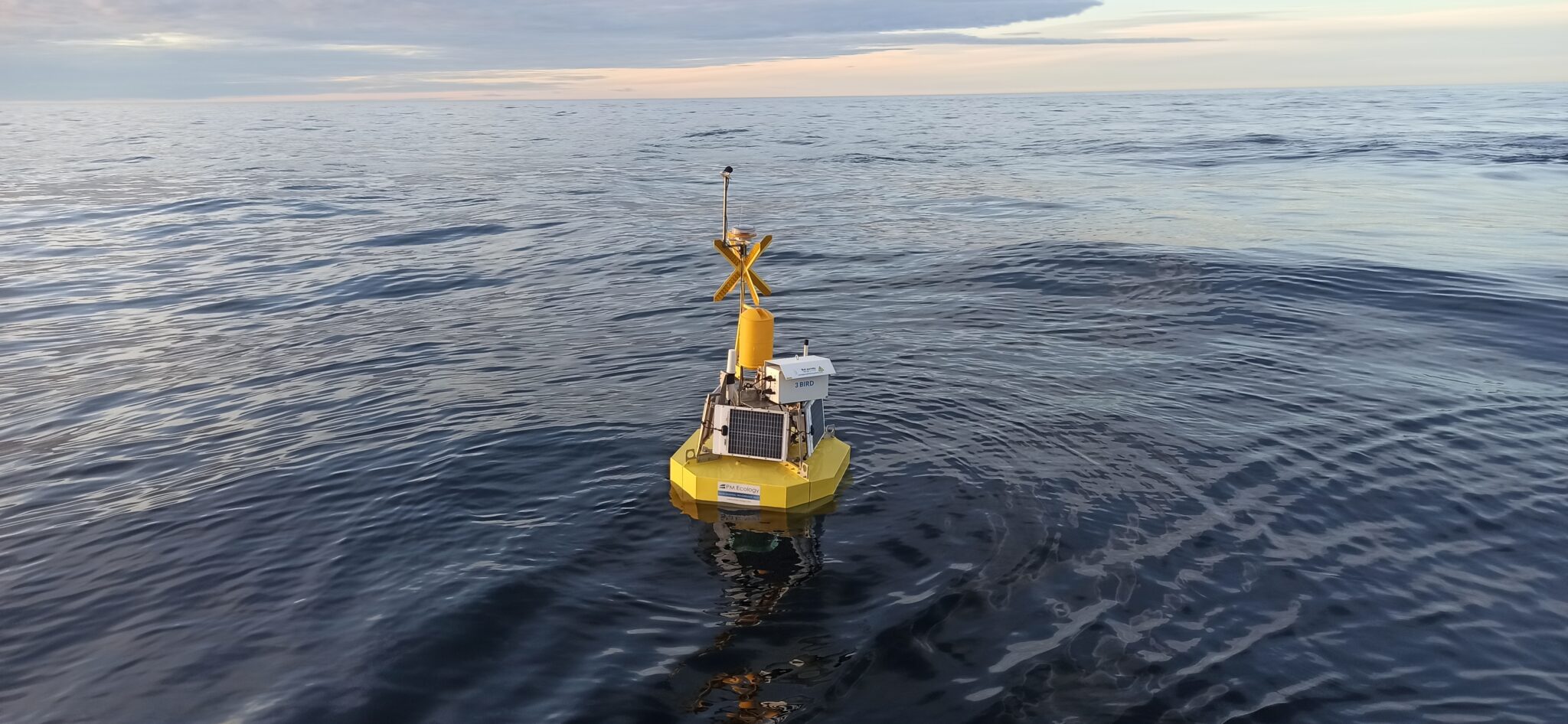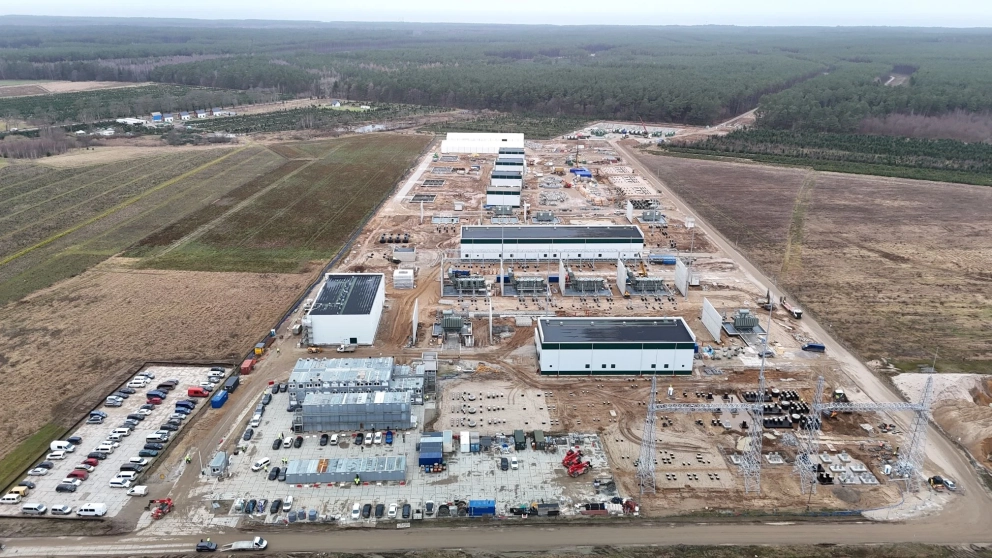This year’s WindWorks. Moving Energy conference in Riga was once again the venue for key discussions on offshore wind energy development in the Baltic Sea, with a particular focus on the potential of Latvia and Estonia. The event, of which BalticWind.EU was a media partner, was organised on 19 April by the Latvian and Estonian Wind Energy Associations (LWEA and EWPA) and the Danish Embassy in Riga in collaboration with the Latvian Investment and Development Agency, the Embassy of the Netherlands in Riga and the Norwegian Embassy in Riga.

Photo: BalticWind
Among over 400 participants, panellists and special guests were the President of Latvia Egils Levits, EU Energy Commissioner Kadri Simson, the Minister of Climate, Energy and Utilities of Denmark Lars Aagaard, the Minister of Climate and Energy of Latvia Raimonds Čudars, the CEO of Wind Europe Giles Dickson and the President of the Ukrainian Wind Energy Association Andriy Konechenkov. Representatives of companies, administrations and wind industry organisations had the opportunity to discuss the most important challenges for the development of offshore wind projects in the region, including the legal frameworks, investment financing opportunities, how to integrate projects into the power grid, how to attract experienced investors to countries such as Latvia and Estonia – where, despite ambitious plans, there are no functioning offshore wind farms, and how to prepare ports for the process of construction, installation, as well as operation and maintenance of offshore wind farms.
The development of renewable energy, including the use of offshore wind, is one of the main directions for strengthening energy independence and meeting climate goals. Particularly in the context of Russia’s war in Ukraine, it is important to invest in Europe’s energy independence – as underlined by Latvian President Egils Levits when he said – Russian aggression against Ukraine showed clearly that Europe, Baltics and Latvia have to act imediately to cut all energy ties with the aggressor country. Our good intentions must be backed up with our practical plans and hard work. Firstly, we have to adapt our national renewable energy policy goals to the current geopolitical situation. We must plan how to strengthen our energy infrastructure to grow the share of renewable sources in our economy.
Strengthening infrastructure is also one of the priorities of the European Commission, which has launched a reform of the electricity market design. Among other things, Commissioner Kadri Simson stressed the need to develop hybrid offshore projects to maximise the benefits of wind energy development by connecting countries and the energy market.
One of the key topics was investment financing and attracting investors. As pointed out by Aavo Kärmas, Chairman of the Board at the Estonian Wind Power Association – the Baltic States that do not yet have experience in the construction of offshore wind farms should be able to attract foreign investors, without their knowledge and experience the implementation of projects will not be possible. To this end, a clear message is needed that offshore is a strategic direction, essential for energy security and supply. Moreover it is crucial to provide a transparent legal framework that gives predictability in the long term. Toms Nāburgs, CEO of the Latvian Wind Energy Association emphasised the regional and European perspective – pointing to the role the Baltic States can play in offshore development by realising the potential of 15 GW in Latvia, 7-10 GW in Estonia and 5 GW in Lithuania. For this to be possible, investment in network infrastructure, including interconnectors also offshore ones, is necessary. This is also necessary to continue connecting energy markets within the EU and to enable countries such as Latvia to become exporters of offshore energy using their huge potential of renewable sources. WindEurope CEO Giles Dickson commented on the challenges of infrastructure development, saying that the key is to make investment a ‘business case’ for both TSOs and developers. He therefore welcomed the EC’s electricity market reform proposal, which includes such a model, i.e. a ‘transmission access guarantee’. Referring to the topic of infrastructure development, the European Commission representative Raphael Sauter from DG ENERGY recalled the European agreements, including those made by the BEMIP working group, which stipulate that Member States will establish a grid development plan for each sea basins. This will be based on an analysis of generation potential and grid needs, including those related to smart interconnectors, hybrid projects or hydrogen infrastructure. This work will correlate with the selection of EU-funded projects under the PCIs or PMIs, which will be set in 2024.
One of the main challenges discussed by the industry was to increase the manufacturing capacity of the European offshore sector. Giles Dickson emphasised the challenges showing the scale of the capacity needs of the European industry – the current capacity of the three European offshore substations plants is only five substations per year, whereas soon we will need 20 substations per year. In the case of cables, we are able to produce 1,200 km of cable per year, whereas soon we will need 2,300 km per year. Cooperation and standardisation at the level of European TSOs could be an important signal to facilitate production in the supply chain.
One of the most important topics for project development remains the availability of ports and the installation as well as O&M vessel sector. As the panellists pointed out, port infrastructure will be critical not only for the construction process of wind farms, but also for the development of hydrogen infrastructure or other fuels such as green ammonia. Examples of specific investments and projects carried out, for example in the ports of Esbjerg, Liepaja or Tallinn, were cited. On the occasion of the ports debate, a cooperation agreement (MoU) between the Port of Esbjerg and Liepaja Special Economic Zone was officially signed.

Photo: BalticWind
Summarising the event, Lasma Livzeniece, Executive Director of the Latvian Wind Energy Association said – The WindWorks conference’s third edition was in time to respond to the energy crisis in the Baltics. The conference was designed to address the current challenges faced by the wind energy industry in Latvia and Estonia, such as the absence of an offshore wind auctioning model, limited grid capacity, the need for a power-to-x framework, port readiness for large-scale wind energy technologies, and other pressing issues. The conference made a remarkable turnout, with high levels of interest from stakeholders and government officials, proving that wind energy will continue to be relevant in the Baltic states for years to come. Such discussions are crucial as they establish a knowledge base for developing the models and approaches that are best fit for each country.
The conference gathered 40 speakers, 400 on-site and over 1000 online participants.
Video of the conference is available at: https://balticwind.eu/lwea-unlocking-the-potential-of-latvian-offshore-wind/














